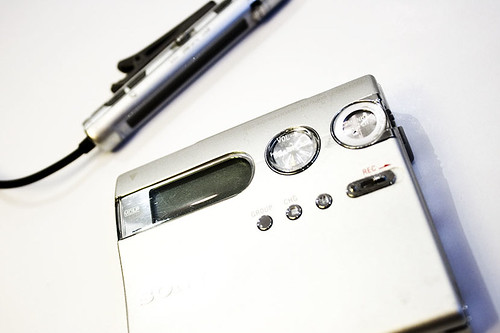
Innovation has always shaped human history, introducing groundbreaking gadgets that once seemed indispensable. Yet, not all revolutionary inventions were destined to stand the test of time. Some were overtaken by superior technology, while others simply faded away due to changing trends, economic shifts, or simple irrelevance, leaving us to wonder how we ever lived with (or without) them.
From devices that redefined how we consumed media to those that streamlined our professional lives, the journey of technology is littered with fascinating examples of brilliant ideas that, for one reason or another, quietly disappeared. These gadgets, once considered must-haves and everyday essentials, offer a unique glimpse into the rapid evolution of our digital world and the relentless pace of innovation.
Join us as we take a nostalgic stroll down memory lane, unearthing some of the most iconic pieces of discarded tech. We’ll explore their initial impact, their memorable quirks, and ultimately, the compelling reasons why these once-ruling devices eventually gave way to newer, more advanced solutions, becoming intriguing footnotes in the grand story of human ingenuity. It’s a bittersweet reflection on the tech that paved the way for the devices we hold dear today.

1. **MiniDisc Players**: Cast your mind back to the 1990s, and you might recall Sony’s bold attempt to redefine portable audio: the MiniDisc. Positioned as a durable and high-quality alternative to both the venerable CD and the ubiquitous cassette tape, MiniDiscs promised a new era of personal music enjoyment. They were rewritable, compact, and notably resistant to scratches, making them seem like the perfect companion for music enthusiasts on the go.
Despite its innovative design and superior features, the MiniDisc struggled to gain widespread acceptance. The market was already firmly dominated by CDs, which had a massive installed base and a vast library of commercial releases. Just as MiniDiscs were trying to find their footing, a new challenger emerged on the horizon: the MP3 player, which rapidly revolutionized digital music consumption.
The early 2000s saw digital music players like the Apple iPod completely change the game. MP3s offered unparalleled convenience, allowing thousands of songs to be stored on a single device, bypassing the need for physical media altogether. This swift shift made MiniDiscs, for all their ingenuity, increasingly irrelevant. Sony officially discontinued MiniDisc players in 2013, solidifying their status as a technological footnote, appreciated mostly by collectors today.
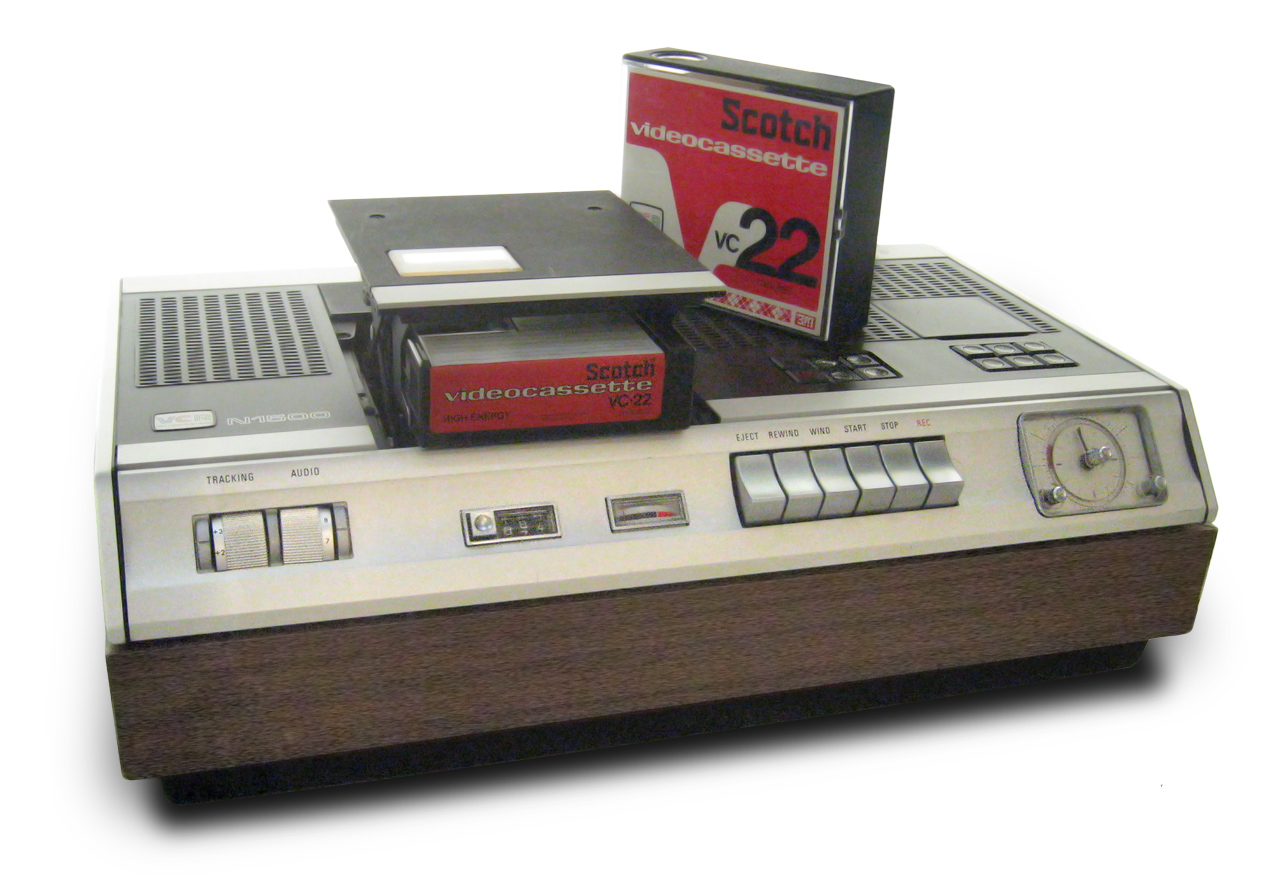
2. **Videocassette Recorders (VCRs)**: For decades, the Videocassette Recorder, or VCR, was the undisputed king of home entertainment. It single-handedly revolutionized how we consumed television, freeing us from the shackles of broadcast schedules. The ability to record a favorite show and watch it later, a concept now taken for granted with DVRs and streaming, was nothing short of miraculous when VCRs first arrived.
Beyond recording, the VCR fostered a booming new industry: video rental. Weekends were often synonymous with trips to the local Blockbuster or independent video store, where families would browse aisles filled with VHS tapes. This access to a vast library of films and television shows transformed the living room into a personal cinema, creating countless shared memories.
However, the reign of the VCR was not eternal. In the late 1990s, the introduction of DVDs presented a formidable challenge, offering vastly superior picture quality, greater durability, and enhanced ease of use. The final nail in the VCR’s coffin came with the advent of digital downloads and streaming services, rendering physical media increasingly obsolete. By the mid-2000s, major electronics companies ceased VCR production.
Today, VCRs are primarily found in thrift stores or among dedicated collectors who cherish the nostalgia of a bygone era. While the iconic “Be Kind Rewind” slogan and the fuzzy charm of VHS may evoke warmth, their practical use has long since faded, leaving behind a legacy of pioneering home entertainment.

3. **BlackBerry Phones**: There was a time, not too long ago, when carrying a BlackBerry phone was a definitive status symbol, especially in the corporate world. These devices were once the gold standard for business professionals, celebrated for their distinctive physical keyboards and unshakeable secure messaging capabilities. At its zenith, BlackBerry held a dominant position in the smartphone market, largely thanks to its highly popular BBM messaging service.
The tactile satisfaction of typing out emails on a physical QWERTY keyboard, coupled with unparalleled security, made BlackBerry phones indispensable for executives needing reliable, efficient mobile communication. BBM, with its instant delivery and read receipts, felt revolutionary, creating a closed ecosystem that was both practical and exclusive for its users.
However, the technological landscape shifts rapidly, and BlackBerry was caught off guard by a seismic change: the rise of touchscreen smartphones. Apple’s iPhone, launched in 2007, and the subsequent proliferation of Android devices, presented a new paradigm of mobile interaction. BlackBerry’s traditional design, with its focus on physical buttons, quickly began to feel outdated in comparison to the sleek, intuitive touch interfaces.
The company’s slow adaptation to the burgeoning app-based ecosystems further contributed to its decline. Despite several attempts to modernize their offerings, BlackBerry never managed to regain its former dominance. By 2022, the company officially ended support for its classic phones, now primarily focusing on cybersecurity software rather than mobile devices, marking a poignant end to an era.

4. **CRT Televisions**: For decades, the Cathode Ray Tube (CRT) television was the undisputed center of nearly every living room, a ubiquitous fixture in homes across the globe. These bulky, deep-backed screens were the standard for home entertainment, providing both vibrant color and classic black-and-white displays that captivated generations. From family movie nights to Saturday morning cartoons, CRTs were where the magic happened.
The sheer physical presence of a CRT TV was undeniable; they were heavy, robust, and built to last. Their distinctive rounded screens and deep chassis were hallmarks of an era before thin was in. For many, the image quality, particularly the deep blacks and fast response times, was superior for certain types of content, making them still prized by some retro gamers today.
Yet, progress is relentless. The technological revolution brought forth new display technologies: LCD, LED, and eventually OLED. These flat-screen alternatives offered a compelling package of benefits. They were dramatically thinner, significantly lighter, and far more energy-efficient than their CRT predecessors, quickly becoming the new darlings of the electronics market.
By the 2010s, CRT televisions had all but vanished from retail shelves, replaced entirely by sleek, modern flat-screen models. Their heavy, glass-based design made them not only difficult to move but also a challenge to recycle, accelerating their obsolescence. Today, CRTs are mostly found in second-hand shops or repurposed for dedicated retro gaming setups, symbols of a bygone era.
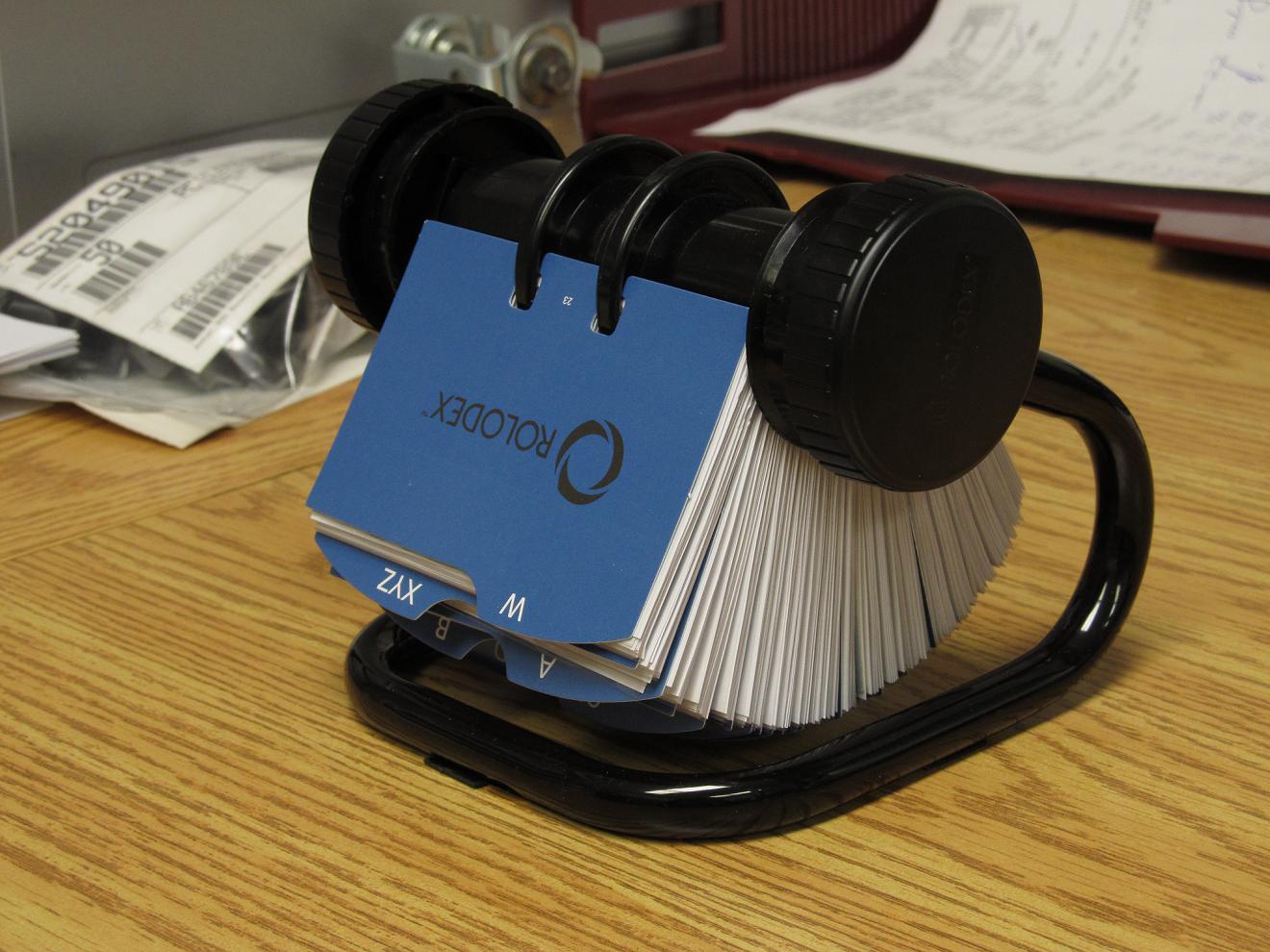
5. **Rolodex**: Before the advent of digital contacts, sophisticated CRM software, and the ubiquitous smartphone, there was a simple, yet utterly indispensable device for every business professional: the Rolodex. This ingenious rotating file system was the backbone of office organization for decades, a physical manifestation of one’s professional network. It was how you kept track of every crucial name, address, and phone number.
The very act of spinning the Rolodex to find a contact was a familiar ritual in offices from the mid-20th century well into the early 2000s. Each index card, meticulously filled with handwritten or typed details, represented a connection, a client, or a potential lead. It was a tangible record of one’s professional life, easily accessible and surprisingly efficient for its time.
However, the digital revolution began to chip away at the Rolodex’s dominance. Electronic databases offered searchable, sortable, and easily editable contact lists. With the click of a mouse, one could find information that previously required a manual spin and scan. This shift towards digital efficiency marked the beginning of the end for the physical card index.
The ultimate blow came with the proliferation of personal computers and, eventually, smartphones. Digital address books became integrated into nearly every device we used, making the physical Rolodex increasingly redundant. Today, the actual Rolodex device has largely faded into obscurity, though the term “Rolodex” itself endures metaphorically to describe an individual’s extensive network of connections, a testament to its once-unrivaled importance.

6. **Palm Pilots**: In the realm of personal digital assistants (PDAs), the Palm Pilot was an undisputed pioneer and, for a time, a true phenomenon. Launched in the late 1990s, it quickly became one of the first widely adopted handheld computing devices, a must-have gadget for business professionals and early adopters alike. It truly put the power of organization in the palm of your hand.
These innovative devices featured a touch screen, navigated with a stylus, and offered early forms of mobile applications, effectively functioning as digital diaries and organizers. Professionals relied on their Palm Pilots to meticulously manage schedules, keep track of contacts, and jot down important notes, streamlining their busy lives long before the smartphone era.
The Graffiti handwriting recognition system, which allowed users to input text using simplified strokes, was a distinctive feature of the Palm Pilot experience. Mastering Graffiti felt like unlocking a secret language, making quick note-taking and data entry surprisingly efficient for its time and offering a glimpse into a future of touch-based interaction.
However, as mobile phones became increasingly sophisticated and began to incorporate many of the features once exclusive to PDAs, the standalone Palm Pilot started to lose its appeal. The launch of the Apple iPhone in 2007 was a watershed moment, fundamentally redefining what a mobile device could be and marking the definitive beginning of the end for dedicated PDAs. Palm made valiant attempts to compete, but these never gained sufficient traction.
By the early 2010s, the Palm brand and its innovative handhelds, having paved the way for modern smartphones, sadly faded into history. This serves as a testament to the brutal pace of technological progress and how quickly even groundbreaking innovations can be superseded.
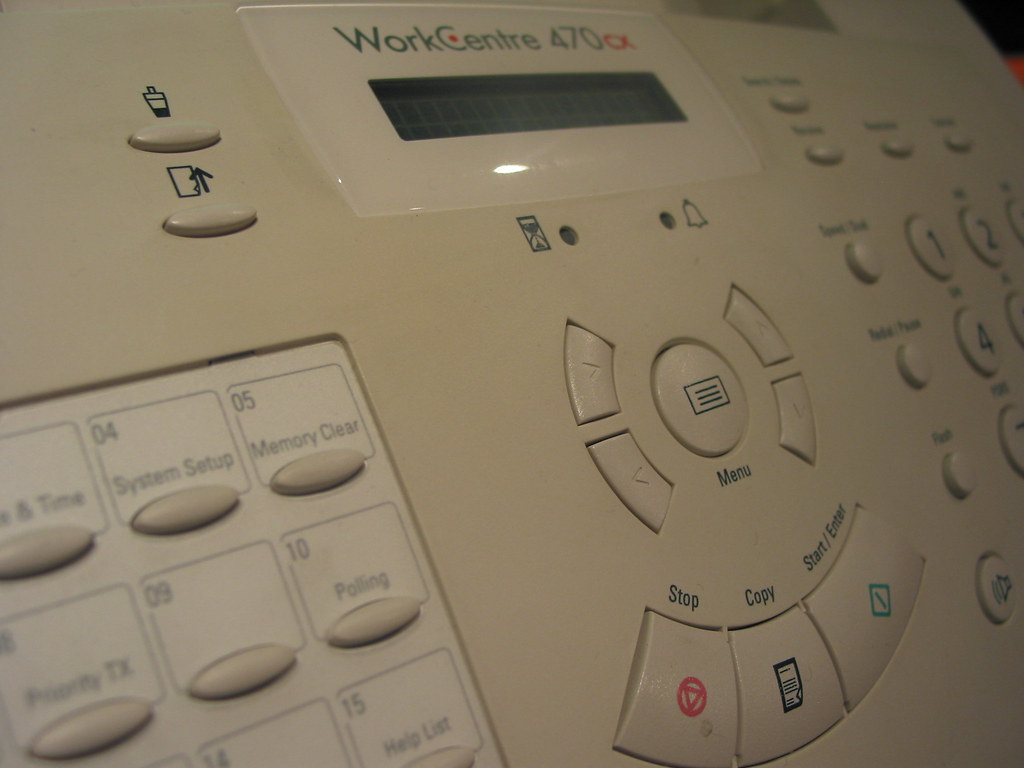
7. **The Fax Machine**: It’s hard to imagine a world where sending a document meant feeding it into a machine that would dial a phone number and then transmit a paper copy, one slow, screeching line at a time. Yet, for a significant period, fax machines were the undisputed champions of inter-office communication. They offered an “instant” alternative to snail mail, a marvel of technology that bridged distances with a tangible, physical document.
Fax machines were once the pinnacle of office communication, allowing documents to be transmitted over phone lines. This provided an instant alternative to postal mail, a real game-changer for businesses and individuals needing to send contracts, invoices, or urgent messages across town or even across the globe. For many, the distinct sound of a fax machine connecting and whirring was the soundtrack of productivity.
However, as the internet began to weave its way into daily life, the fax machine started to look less like a marvel and more like a relic. The rise of email and cloud-based file sharing offered far more convenient, faster, and often free ways to share documents digitally. Attaching a PDF to an email was infinitely simpler than waiting for a multi-page fax to transmit, often through a busy phone line.
Today, only a few niche industries, such as healthcare and legal services, still rely on them, often due to legacy systems or specific regulatory requirements for physical documentation. Their decline was further hastened by growing cybersecurity concerns, as paper-based communication proved less secure than encrypted digital channels, and the sheer inconvenience compared to modern solutions. The days of hearing those screeching dial-up tones are indeed nearly over, with many countries phasing them out.
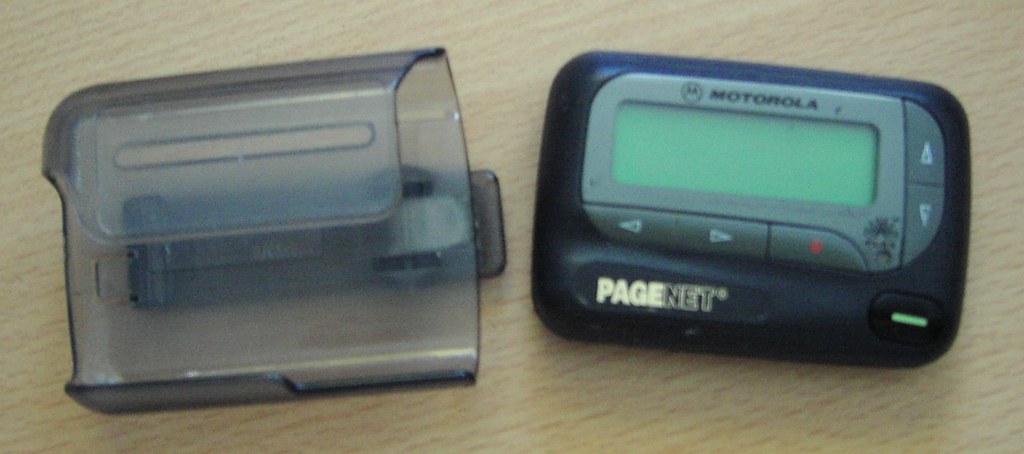
8. **Pagers**: Before everyone carried a smartphone in their pocket, the pager was the ultimate symbol of being reachable, particularly for professionals. These small, clip-on devices hummed with urgency, delivering numeric codes or short text messages that demanded immediate attention. Pagers provided a crucial, simple way to send alerts, ensuring that doctors, emergency workers, and busy executives were always just a beep away from an important update.
Pagers were especially popular among doctors, who needed a reliable way to be reached at all times, often relaying urgent messages or patient updates. The simplicity of a pager, often just a number to call back, made it incredibly effective in situations where a quick alert was paramount. It represented a significant leap in immediate, on-the-go communication, a direct line to critical information.
However, the march of mobile phone technology was relentless. As cell phones became mainstream and evolved from bulky bricks into sleek, pocket-sized devices with text messaging capabilities, pagers suddenly seemed limited. The one-way communication and restricted functionality of pagers simply couldn’t compete with the versatility of mobile phones, which allowed for two-way conversations and eventually, full-fledged messages.
By the 2000s, their usage had plummeted dramatically, with only a few niche industries holding onto them for specific, often internal, communication needs. Today, pagers are mostly considered relics of the past, replaced entirely by the always-connected mobile technology we now take for granted. They stand as a testament to an era when “instant communication” meant a series of beeps and a callback number.

9. **Floppy Disks**: For anyone who used a personal computer in the 1980s and 1990s, the floppy disk was as essential as the keyboard itself. These thin, magnetic squares, initially 5.25 inches and later the more robust 3.5 inches, were the universal currency for digital data. They were how you saved your homework, shared files with friends, and installed software, a staple for personal computers and businesses alike.
The ritual of inserting a floppy disk, hearing the drive whir, and seeing the light blink was a familiar part of computing. They were portable, affordable, and incredibly widespread, serving as the primary method of storing and transferring digital data. Each disk held precious bytes, a tangible representation of your digital work.
However, as software grew more complex and file sizes ballooned, the floppy disk’s Achilles’ heel became painfully apparent: its low storage capacity. A single image or a moderately sized document could easily fill an entire disk. This limitation, coupled with their susceptibility to damage from dust, magnets, or simply being bent, made them increasingly impractical.
The introduction of USB flash drives, rewritable CDs, and later, the revolutionary concept of cloud storage, delivered the final blows. These newer technologies offered vastly greater storage, superior durability, and unparalleled convenience, rendering floppy disks obsolete with surprising speed. By the early 2000s, computer manufacturers largely stopped including floppy disk drives in their systems, ushering in a more efficient digital storage era.

10. **Zip Drives**: Just as floppy disks were beginning to show their age, a new contender emerged in the late 1990s promising to solve the storage crunch: the Zip drive. Developed by Iomega, these drives offered a significant leap in capacity over the humble floppy, providing up to 100MB, and later 250MB, of space. This was a game-changer at the time, allowing users to store much larger files and even entire software applications on a single, removable cartridge.
Zip drives quickly became popular with power users, graphic designers, and anyone needing to transport substantial amounts of data that wouldn’t fit on a standard floppy. They offered a convenient bridge between the tiny capacity of floppies and the nascent, still-expensive CD-R technology, providing a robust solution for backup and file transfer. Their distinctive blue cartridges became a common sight in many tech-savvy offices.
However, the rapid development of technology continued unabated. Just as Zip drives gained traction, writable CDs (CD-R and CD-RW) became more affordable and offered even greater storage, typically 650-700MB, at a lower cost per megabyte. Simultaneously, the advent of USB flash drives offered unparalleled convenience, portability, and eventually, far greater capacities without the need for a dedicated drive.
These competing technologies swiftly rendered Zip drives obsolete by the early 2000s. They were also unfortunately prone to mechanical failures, famously leading to the “click of death” which destroyed data and further contributed to their decline. Businesses and consumers quickly moved on to more reliable and portable storage solutions, leaving Zip drives as a footnote in the rapid evolution of digital storage, largely forgotten today.

11. **Google Glass**: In 2013, Google Glass burst onto the scene with a promise that felt straight out of science fiction: augmented reality integrated seamlessly into our daily vision. Marketed as the future of mobile computing, these sleek smart glasses featured a head-mounted display, voice control, and hands-free navigation. They were an ambitious, early foray into wearable technology, designed to put information and connectivity literally at our fingertips, or rather, at the periphery of our vision.
The concept was undeniably innovative. Imagine getting directions, checking messages, or taking a photo with a simple voice command, all without pulling out a phone. Google Glass sparked immense excitement and became a symbol of cutting-edge tech, a bold experiment in how we might interact with digital information in the physical world. It genuinely hinted at a future where technology blended almost invisibly with our lives.
However, the real-world adoption of Google Glass encountered significant roadblocks. Its initial price point was prohibitively high for the average consumer, immediately limiting its market to early adopters and developers. More critically, privacy concerns became a major public backlash, as the device’s camera raised fears of constant, surreptitious recording, leading to the infamous “Glasshole” moniker and outright bans in some public spaces.
By 2015, Google halted consumer sales, though it continued to explore enterprise applications, acknowledging its struggles in the mainstream market. Despite its commercial failure, Google Glass undeniably helped pave the way for modern augmented reality devices and smart wearables, pushing the boundaries of what was possible and setting the stage for more refined, privacy-conscious iterations in the years that followed.
Our journey through the graveyard of vintage tech reveals a fascinating truth: innovation is a double-edged sword. While it constantly pushes the boundaries of what’s possible, it also leaves a trail of once-beloved gadgets in its wake. Each device, from the humble fax machine to the ambitious Google Glass, represents a stepping stone in our collective technological evolution. They remind us that today’s cutting-edge marvels could easily become tomorrow’s nostalgic curiosities, highlighting the thrilling, relentless, and sometimes brutal pace of progress in our digital world.



